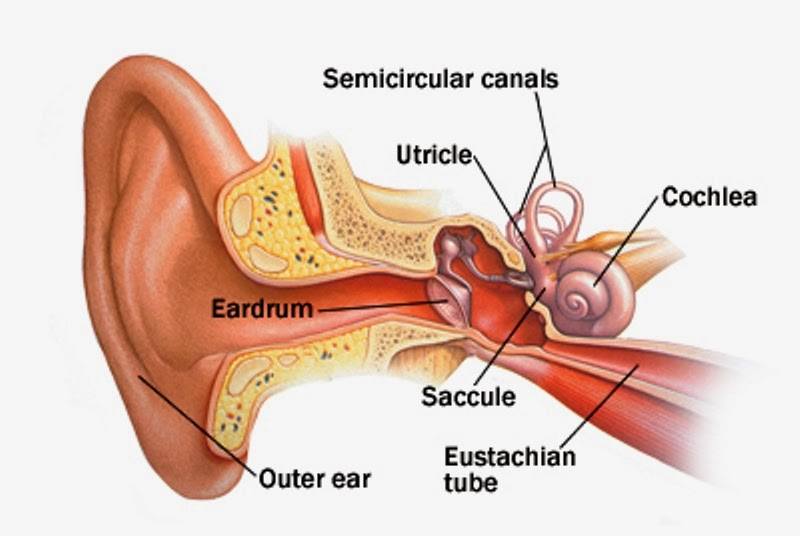Benign paroxysmal positional vertigo, commonly known as BPPV or vertigo is dizziness that is usually described as ‘room spinning’ as oppose to lightheaded dizziness.
What causes BPPV?
The inner ear contains 3 canals that sit at different angles, all filled with fluid. When the head moves, movement of the fluid in the canals tells the brain how far, how fast and in what direction the head has moved. BPPV is caused by small calcium carbonate crystals that dislodge from other structures of the inner ear and move within the canals. They stimulate the nerves that detect head movement, sending a message to the brain that the head is spinning even if the head has only moved position slightly. The most common activities which stimulate BPPV are:
- Turning over in bed
- Getting out of bed
- Looking up or down
- Quick turn of the head
- Walking up/ down stairs
BPPV can occur at any age but is more common over the age of 60. There are no known major risk factors for developing BPPV, although previous head injury or inner ear infection may predispose individuals to future development of BPPV.
Signs & Symptoms of BPPV:
Individuals may experience just one or all of the following signs and symptoms depending on the severity of their condition;
- Nausea with or without vomiting
- Paroxysmal, which means sudden onset of episodes with short duration- symptoms generally only last seconds to minutes
- Positional in onset, meaning symptoms will only occur with a change in head position
- Rotatory nystagmus, where the top of the eye rotates towards the affected ear in a beating fashion
- Visual disturbance
How is BPPV diagnosed?
Your physiotherapist can make a diagnosis based on your history and performing a Dix-Hallpike test. This test will reproduce your symptoms of vertigo if positive for posterior canal BPPV, which is the most common.
Other possible causes of vertigo that must be considered when making a diagnosis are motion sickness, Mènière’s disease, migraine, labyrinthitis and head injury.
How can physiotherapy treat BPPV?
Your physiotherapist can perform a treatment called the Epley manoeuvre, which uses gravity to move the calcium crystal build up that causes the condition. The procedure may be repeated more than once in the same consultation until the patient is symptom free. This treatment is effective for the majority of patients and is combined with postural advice and home exercise. (See pic)
If you’re suffering from dizziness or vertigo contact reception on 96817255 to make an appointment with one of our physios who trained in the treatment of BPPV and vertigo.

